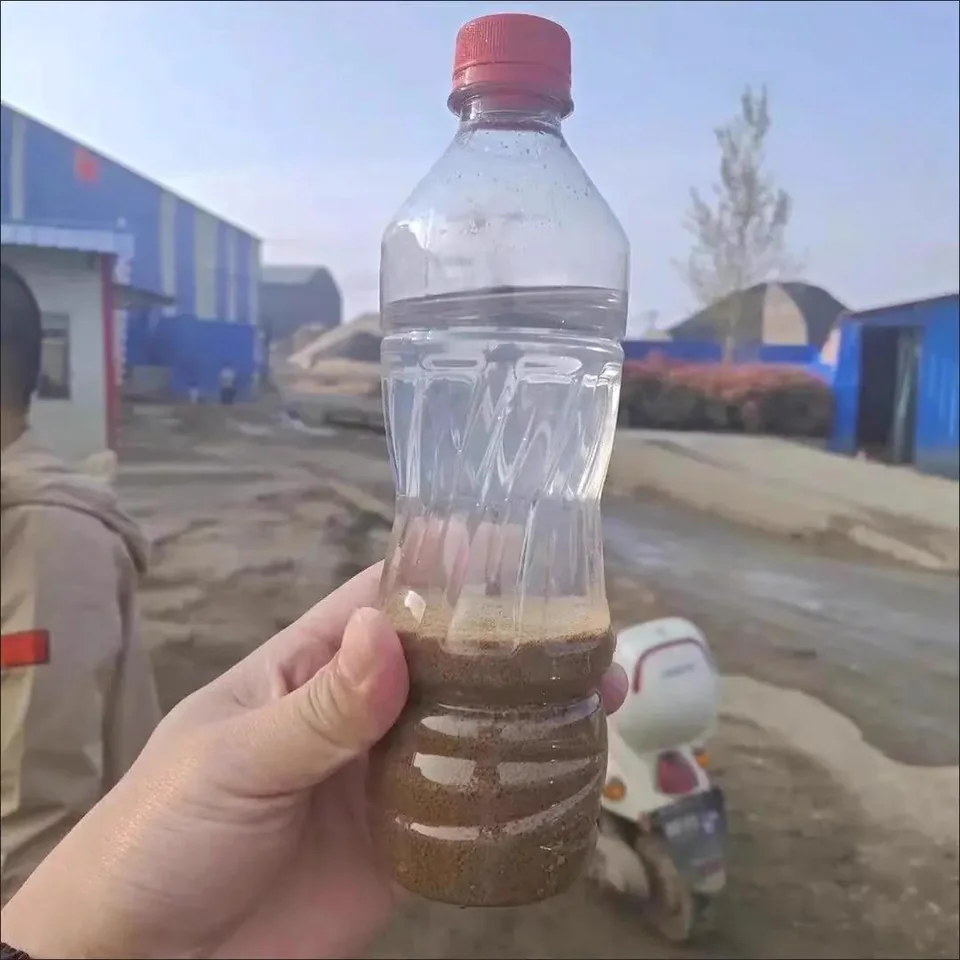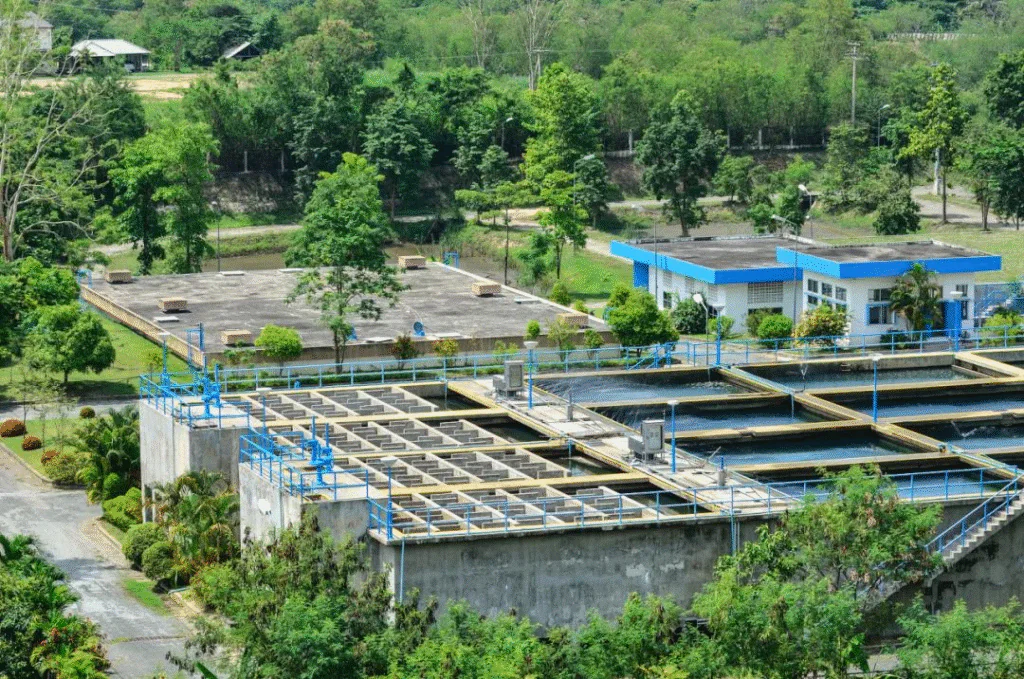In wastewater treatment, we sometimes face a strange problem: SV30 looks good, the supernatant is clear, and COD meets the standard—but total phosphorus (TP) is still high.
This issue often happens during the rainy season. Today, we share a real case from an industry group to help you understand what’s really going on.
Case Background: Good SV30 but TP is Too High
After a rain, a customer ran an SV30 test. The results showed:
- Supernatant was clear
- Sludge volume (SV30) was only 10%–20%
- Effluent COD was low (around 10–20 mg/L), while influent COD was around 200 mg/L
These results suggest good sludge activity and strong COD removal. But the total phosphorus in the effluent was too high. The customer was confused.

Cause Analysis: 5 Key Factors
- Low load and not enough carbon source
Rainwater dilutes the influent, lowering organic matter. This makes it hard for phosphorus-accumulating organisms (PAOs) in the anaerobic tank to make energy (PHA).
Without enough energy, they can’t do their release → uptake phosphorus process. As a result, biological phosphorus removal fails.
- Low F/M ratio and high sludge concentration
When the food-to-microorganism ratio is low, the system runs with low load and high MLSS. If sludge is not discharged in time, it becomes old and overgrown. Even if SV30 is low, you should still discharge some sludge regularly to reduce sludge age.
- Not enough chemical phosphorus removal
If you add too little chemical agents or the mixing and pH are not right, TP will stay high. Try increasing the dosage or improving how the chemicals are added. Watch how TP changes.

- Sludge age is too long
Long sludge age harms PAO activity. They absorb less phosphorus. Check your SV30 and MLSS data. If needed, reduce SRT to bring the bacteria back to normal.
- Organic phosphorus from rainwater
After rain, if the system is not fully separated (rain and sewage), organic phosphorus may enter. This kind of phosphorus is hard for microbes to remove in a short time. It causes a fast increase in TP.
Summary and Suggestions
When TP rises after rain, it often comes from many causes at once. We suggest:
- In the rainy season, monitor influent and track COD/TN/TP ratios
- Adjust sludge discharge based on both SV30 and MLSS
- Use both biological and chemical phosphorus removal if needed
- Improve rainwater and sewage separation to reduce shock loads
